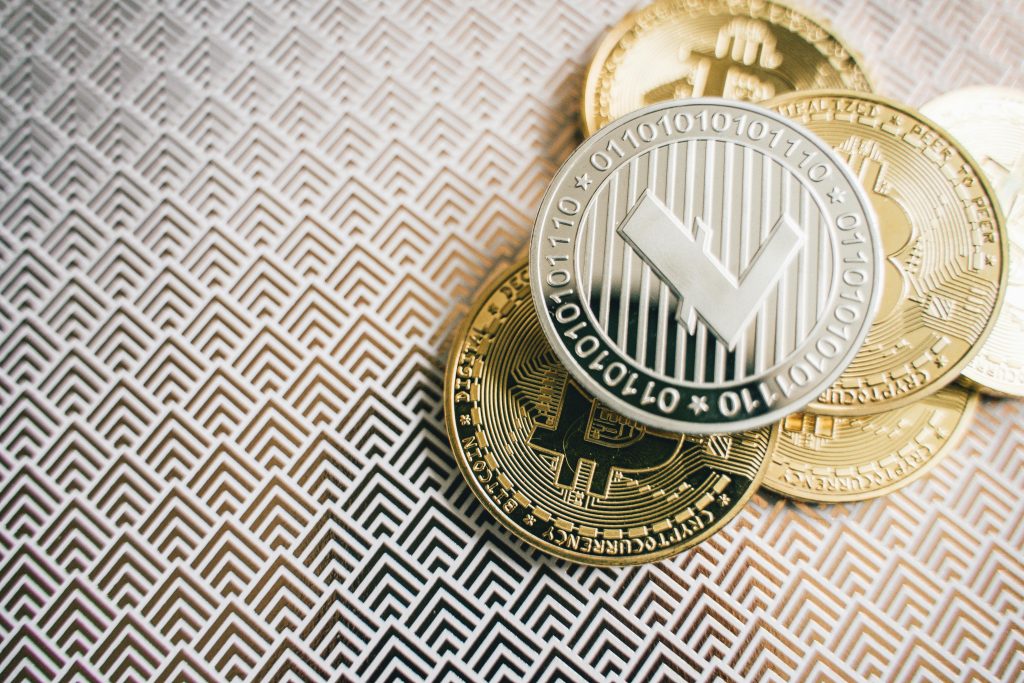
This article explains wrapped tokens, their role in the cryptocurrency ecosystem, the benefits they offer, and the risks associated with their use. It also explores how wrapped tokens enable cross-chain transactions and expand the utility of digital assets.







© FatFreeBody.com2024
Discount Applied Successfully!
Your savings have been added to the cart.
